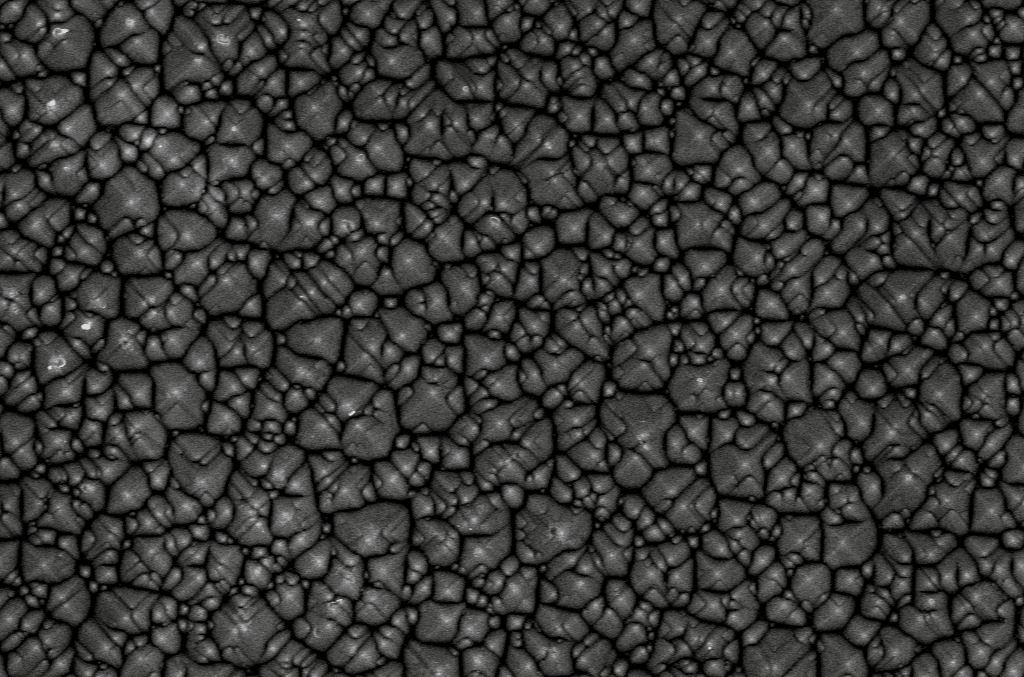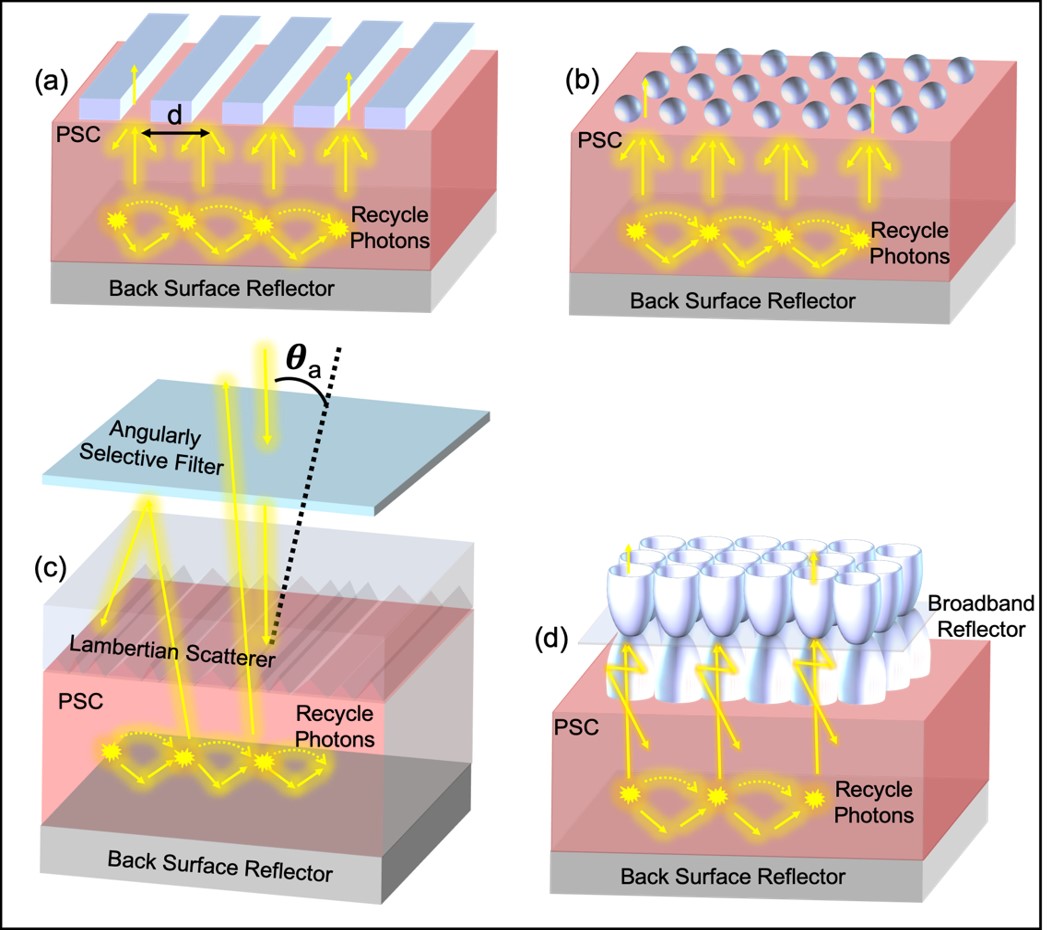


20 June, 2021
Perovskite solar cells (PSCs) have become a leading technology in the photovoltaic (PV) research community owing to the remarkable optical and electrical properties of metal halide perovskites such as a large absorption coefficient, sharp absorption edge, long carrier diffusion lengths, as well as tunable bandgap. Besides continuous device optimizations, unlocking the potential of photon recycling is one possible path to improve the PSCs’ performance. Optical device design, aimed at exploiting the photon recycling phenomenon, has been crucial for GaAs solar cells to bring their PCE to 29.1%, which is the current record for single-junction solar cells, thanks to a significant enhancement in open-circuit voltage (VOC).
Photon recycling is the physical process that occurs in semiconductors when photons emitted via radiative recombination are reabsorbed by the semiconductor itself, possibly in a repeated process. This event is most efficient in highly luminescent materials such as GaAs, resulting in an effective increase in quasi-Fermi level splitting (Δµ) within the material, and hence a possible increase in the VOC of the device. Although there are essential differences in the structural properties of GaAs and lead halide perovskites, PSC research can benefit from the recent progress in GaAs solar cells and apply that understanding to further improve device performance.

To observe significant effects of photon recycling, a thin-film absorber material must (i) display a high photoluminescence quantum efficiency (PLQE), implying that radiative recombination is the dominant recombination process (compared to Shockley–Read–Hall (SRH) and Auger recombination), thereby favoring materials with low defect densities and a high absorption coefficient; (ii) manifest a minimum Stokes shift, i.e. the energetic difference between the maximum position of absorption and emission spectra should be small (∼4 meV; and (iii) efficient light management.
To explore the importance of light trapping for efficient photon recycling in PSCs, KPV-LAB researchers reviewed light-trapping schemes for efficient photon recycling in PSCs. In particular, the review addresses the current progress in photon recycling in PSCs. Followed by analysis the various light-trapping strategies and device architectures that could yield efficient photon recycling in PSCs.
Dr. Waseem Raja, the lead author of the review says, “It is vital that photon recycling (PR) is the responsible mechanism that has made GaAs solar cells achieve a PCE close to theoretical marginal efficiency. Although there are important differences in the material and structural properties of GaAs and lead halide perovskites, the PSC research community can still learn from the recent progress in GaAs solar cells and apply that understanding to further improve the efficiency of PSCs.”